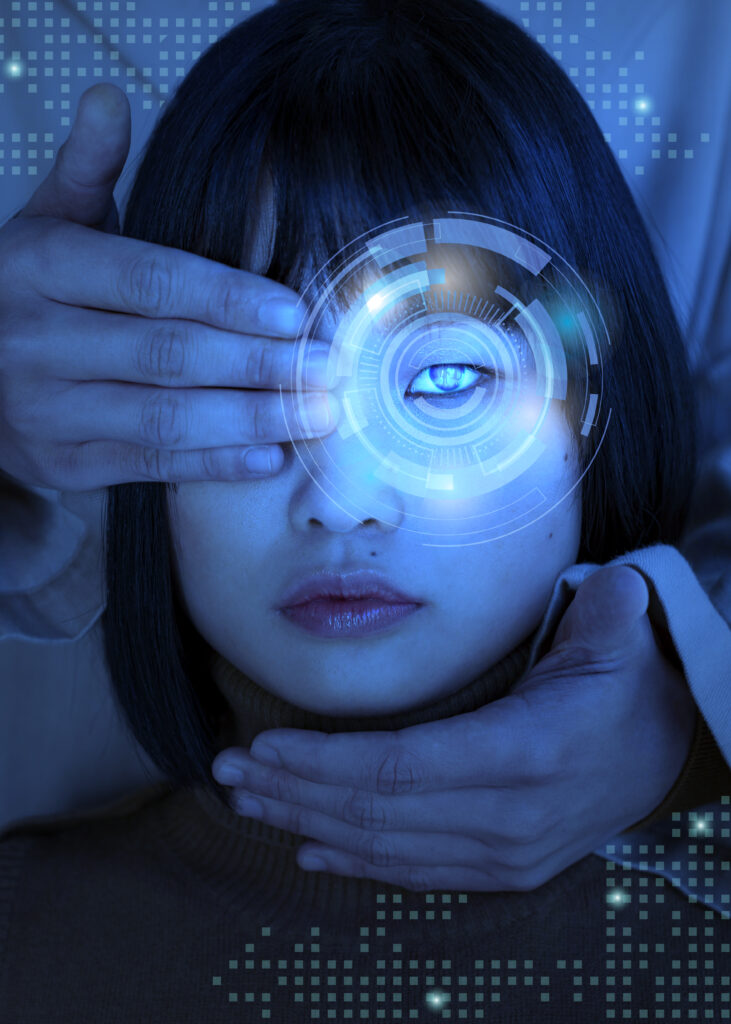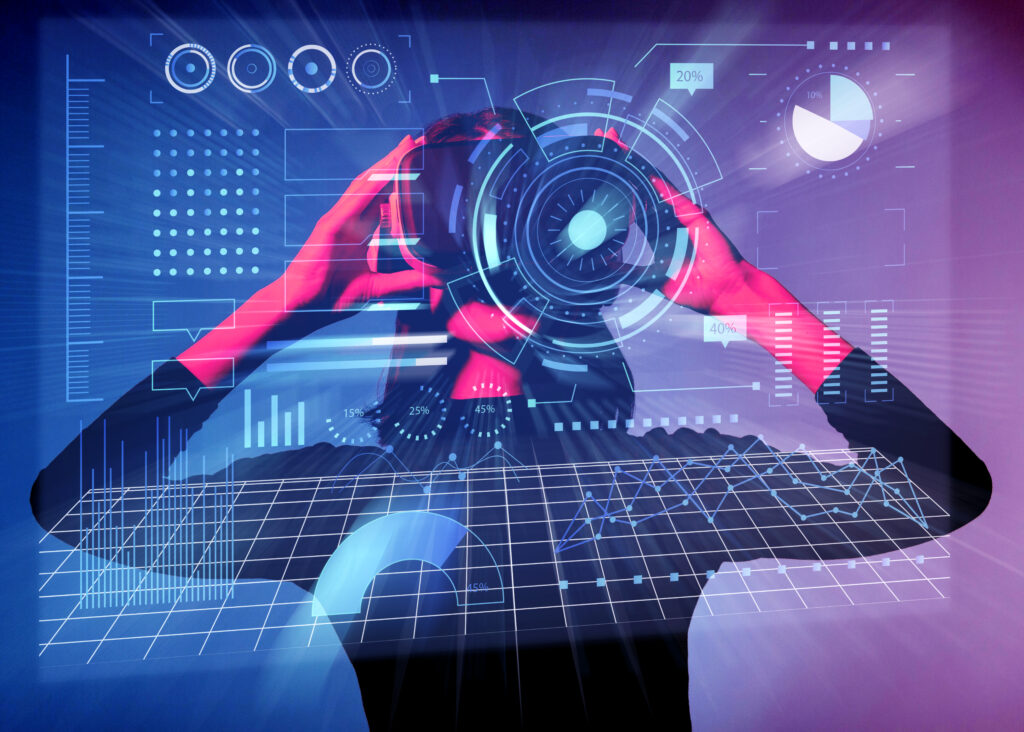Securing IP Rights in AI Art
As we stand on the precipice of a new era in digital creativity, the emergence of artificial intelligence (AI) as a tool for generating art has given rise to a complex debate surrounding intellectual property rights.
The crux of the discussion hinges on the ability of current copyright laws to adapt to creations where the ‘artist’ is not human but rather an algorithm trained on vast datasets. This situation presents a legal problem as the traditional tenets of authorship and originality are questioned.
Legislators, artists, and technologists are grappling with securing human creators’ rights while navigating the uncharted waters of AI-generated content. As stakeholders search for a balance between innovation and protection, today’s decisions could set precedents shaping intellectual property law’s future in the digital age, with profound implications for the creative industries.
The path forward, fraught with legal ambiguity and ethical considerations, invites a closer examination of the principles that should guide the stewardship of AI-generated art within our legal frameworks.
Key Takeaways
- AI-generated art raises significant challenges for current copyright frameworks, as the traditional requirement of human authorship is challenged.
- There is legal ambiguity surrounding AI authorship and copyright infringement, with the US Copyright Office grappling with implications for intellectual property rights.
- Adapting copyright law for AI art requires an examination of traditional authorship criteria, establishing new legal precedents, and aligning with European Union standards.
- Courts are actively defining the boundaries of intellectual property law for AI-generated artwork, with significant human input being a requirement for copyright protection.
Defining AI Authorship

In the realm of intellectual property law, the concept of AI authorship necessitates a nuanced analysis to ascertain whether the creators of AI-generated art can be granted legal recognition under current copyright frameworks. This pivotal issue hinges on the traditional requirement that an original work of authorship must be directly linked to human authorship to qualify for protection. Given that AI operates bereft of human agency and intentionality, works generated by artificial intelligence challenge these longstanding principles.
Defining AI authorship is not merely an academic exercise but a pressing legal difficulty as the US Copyright Office grapples with the implications for intellectual property rights. The absence of explicit human creativity in the creative process of AI-generated art raises questions about potential copyright infringement, where the rights of an author shall be taken into account.
Legal frameworks have yet to catch up with the pace of technological innovation, leaving the definition of AI authorship ambiguous and in flux. As courts continue to deliberate, the commercialization of AI-generated content remains uncertain, underscoring the critical need for clear guidelines that reconcile the burgeoning capabilities of AI with the tenets of intellectual property law.
Copyright Law Adaptation

Adapting copyright law to accommodate AI-generated art necessitates a rigorous examination of traditional authorship criteria and the establishment of new legal precedents to ensure protection and ownership rights are appropriately assigned. As AI-generated content continues to increase, it is essential to analyze and revise existing copyright laws to address the unique challenges of Generative AI.
This process involves:
- We are assessing the adequacy of UK copyright law and other international frameworks to recognize AI as authors or co-authors.
- Reviewing case law, such as the decisions involving US District Judge Beryl Howell and Stephen Thaler, to understand judicial perspectives on AI’s creative input.
- Developing guidelines that align with the European Union (CJEU) standards for originality and human authorship to handle copyright claims involving AI.
- Considering the implications of granting or denying copyright to AI-generated works for the creative industries and the broader economy.
These steps are critical in an analytical and informed approach to adapting copyright laws, ensuring they remain precise and relevant in the era of advanced technology. The legal community must work to clarify the ambiguity surrounding AI-generated content and establish a robust legal framework that accommodates the evolving nature of creativity and authorship.
AI Artwork Cases

Examining recent litigation, courts are actively delineating the boundaries of intellectual property law as it applies to the novel domain of AI-generated artwork. In the evolving landscape of creative technologies, AI development challenges entrenched concepts of authorship and ownership. The judicial system is now grappling with cases that require a nuanced understanding of where to draw the line concerning works generated by artificial intelligence.
One pivotal figure in these judicial proceedings is District Judge Beryl Howell, who has been tasked with interpreting the extent to which AI-generated art can be protected by copyright law. The crux of the matter lies in whether such works can be deemed to embody the requisite originality and human creativity that copyright law traditionally demands. Recent rulings suggest a trend to deny copyright protection to AI-generated artwork, emphasizing that an original work must reflect significant human input.
This stance implies that the mere output of an AI, without substantial creative contribution from a person, may not qualify for copyright. The courts approach these matters case-by-case, carefully weighing each instance of AI-assisted creation to determine the appropriate application of Intellectual Property Law. Their analyses set a precedent that will influence the future of AI’s role in artistic expression.
Protecting Creators’ Interests

Protecting the interests of creators in the realm of AI-generated art necessitates a clear understanding of the current intellectual property landscape and the legal mechanisms available to safeguard their contributions. As AI continues to blend the lines between original creative input and algorithmically generated content, copyright law faces new challenges in defining what constitutes works created with sufficient human authorship to merit protection.
- Copyright Infringement Concerns: Creators must ensure that their use of generative AI does not infringe upon existing copyrights, which could expose them to legal repercussions.
- Ownership of AI-Generated Works: There is an urgent need for legal clarity regarding the copyright ownership of AI-generated art, as the collaborative nature of AI and human interaction disrupts the traditional notion of an individual author.
- Legal Options for Protection: Exploring legal frameworks that adapt to the nuances of AI-generated content is imperative for affording creators the rightful recognition and control over their intellectual contributions.
- Implications for Intellectual Property Rights: It’s essential to understand how AI influences conventional concepts of authorship, calling for a reassessment of intellectual property rights to better reflect the evolving creative landscape.
In this analytical context, recognizing and addressing the complex interplay between law, technology, and creativity is critical for ensuring that the rights of those contributing to AI-generated art are adequately protected.
Future of AI Art IP

As we consider the protection of creators’ interests in AI-generated art, it is crucial to also look ahead to the evolving intellectual property landscape and what it may hold for the future of AI art IP.
The legal framework is being tested with the proliferation of artwork generated by artificial intelligence. US District Judge Beryl and other legal authorities will face challenges in interpreting how machine learning creations fit within the current copyright doctrines. The distinction between human-made and AI-generated content is blurring, prompting questions about whether AI-generated images can qualify for copyright in their own right.
The trend suggests a future where legal protection may shift to consider the role of AI as more than just a tool but as a collaborative entity. The emphasis might be placed on the originality and creativity instilled in the AI by the human creator, thus potentially recognizing them as the copyright holders.
Adapting to these shifts requires an analytical approach informed by expert perspectives and current legal precedents. As strategies to mitigate legal risks are developed and employed, including using licensed training data, the future of AI art IP will likely be characterized by a nuanced understanding of copyright law that balances innovation with the rightful recognition of creative contributions.
FAQs
Why is securing intellectual property rights necessary in AI-generated art?
Securing intellectual property rights is essential to protect the creator’s rights, ensure fair recognition, and regulate the use and distribution of AI-generated art to prevent unauthorized reproduction or commercialization.
Who owns the intellectual property rights in AI-generated art?
Ownership of intellectual property rights in AI-generated art can vary. It may depend on human involvement, contractual agreements, and the legal framework in place. Sometimes, the rights may belong to the creator, the AI developer, or both.
How can artists establish copyright for AI-generated artworks?
Copyright is generally granted automatically to the creator upon the creation of the artwork. Artists can enhance protection by documenting the creative process, registering their work with copyright offices, and attributing authorship.
Are there legal challenges in determining copyright ownership for AI-generated art?
Determining copyright ownership can be challenging, especially when AI is involved. Legal challenges arise from the evolving nature of AI and may require clarification through legislation or case law to address ownership disputes.
Can artists license or sell the intellectual property rights of AI-generated art?
Yes, artists can license or sell the intellectual property rights of AI-generated art. Licensing agreements should specify usage rights, restrictions, royalties, and other conditions. Artists should consider the impact on their creative control and reputation.